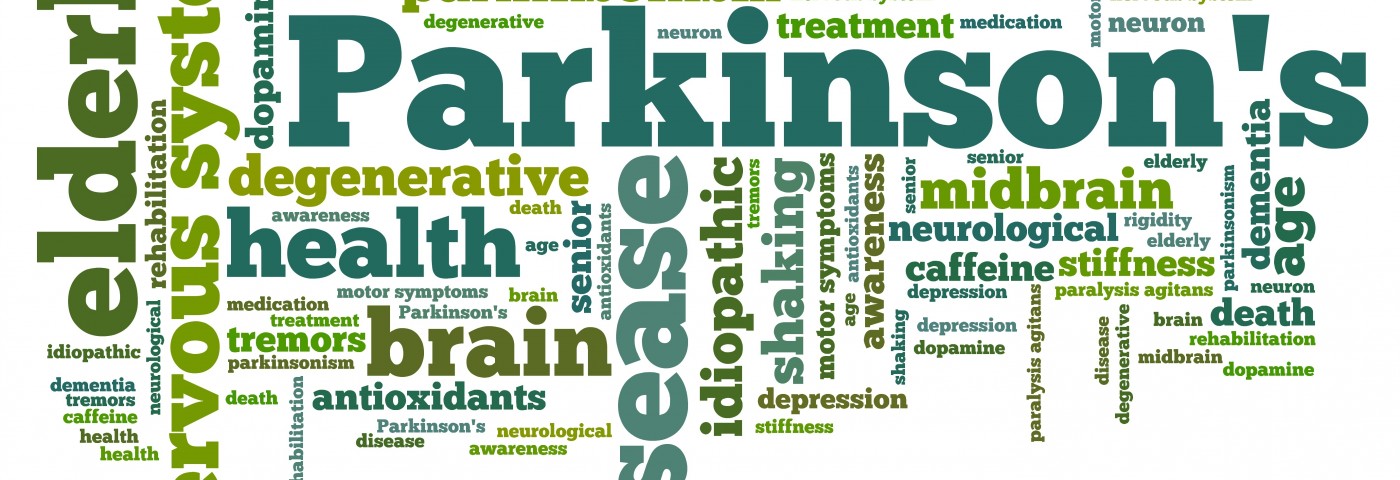Earlier Onset, Cognitive Impairment and Higher Medication Use Linked to Increased Parkinson’s-related Mortality

Earlier onset of disease, early impairment of memory and thinking, and higher daily use of antiparkinson medication, are associated with increased risk of death related to Parkinson’s disease (PD), according to a study that followed newly diagnosed patients for more than 10 years.
Conversely, being male, the severity of disease symptoms, and general cognitive ability do not seem to contribute significantly to Parkinson’s-related mortality.
The study, “Overall and Disease Related Mortality in Parkinson’s Disease – a Longitudinal Cohort Study,” was published in the Journal of Parkinson’s Disease.
Research has shown that Parkinson’s disease is associated with increased mortality when compared to the general population. However, it remains unclear which factors contribute to this increased mortality and which could be used to predict patients who are at greater risk.
“The reduced life span of patients with PD has been reported earlier, but research on factors associated with this decline has been scarce and of limited scope. While life expectancy is a crude outcome, it is clearly a relevant one, and its association with PD-specific characteristics might help to further understand the heterogeneity of disease often reported in PD,” said Rob M.A. de Bie, MD, PhD, in a press release . De Bie is the study’s senior leader and a neurologist at the University of Amsterdam, Netherlands.
To evaluate potential risk factors for overall and Parkinson’s-related mortality, de Bie and colleagues collected detailed information from a group of 129 newly diagnosed Parkinson’s patients (median age 68.2 years) for at least 13 years, or until death.
This study differed from previous studies because it focused on identifying factors that influenced patients’ mortality related to the disease itself and not just overall mortality.
The median survival of patients after diagnosis was 11.8 years and 85 patients died during the study. The majority of patients were already on levodopa, one of the main medications used to treat the symptoms of Parkinson’s, when they entered the study.
Looking at patients’ characteristics and their survival over time, researchers found that earlier onset of disease, mild cognitive impairment (memory and thinking), and higher daily antiparkinson medication use (measured in levodopa equivalent dose) were all associated with increased death rates related to Parkinson’s.
On the contrary, factors such as male sex, motor symptom severity (as measured by the UPDRS scale), and general cognitive ability (assessed using the Mini-Mental State Examination) did not contribute significantly to the findings.
Higher overall mortality, related or not to Parkinson’s disease, was associated with older age, male sex, greater daily use of antiparkinsonian medications, and mild cognitive impairment.
Despite this study pointing out factors associated with Parkinson’s-related mortality, researchers stressed that due to the observational nature of this data (patients were only followed, with no intervention) it cannot be used to infer cause-effect relationships.
“Therefore, our results do not imply any harm of levodopa treatment,” the researchers wrote. “Theoretically, the most plausible explanation is that progressive disease in terms of motor impairment leads to both early levodopa treatment and increased mortality.”
The team also recommended caution when applying results from population studies such as theirs to individual patients.
“While we found life expectancy in PD to be decreased on average, accurate prediction of individual life expectancy is a more difficult endeavor. Nonetheless, individualized care starts with a better understanding of differences between patients, and our findings show that individual differences in the manifestation of PD are associated with life expectancy,” noted the study’s lead author Jeroen Hoogland, also from the University of Amsterdam.
To provide more accurate predictions of mortality, future research could combine individual patient data with imaging and biomarker-related measures, accompanied by more detailed follow-ups, the team suggested.






